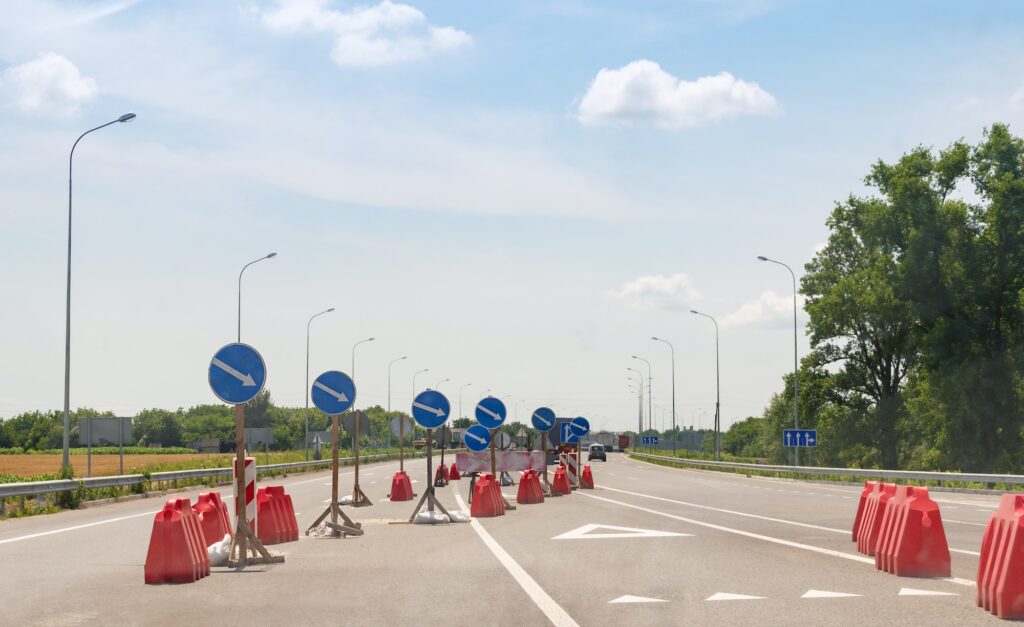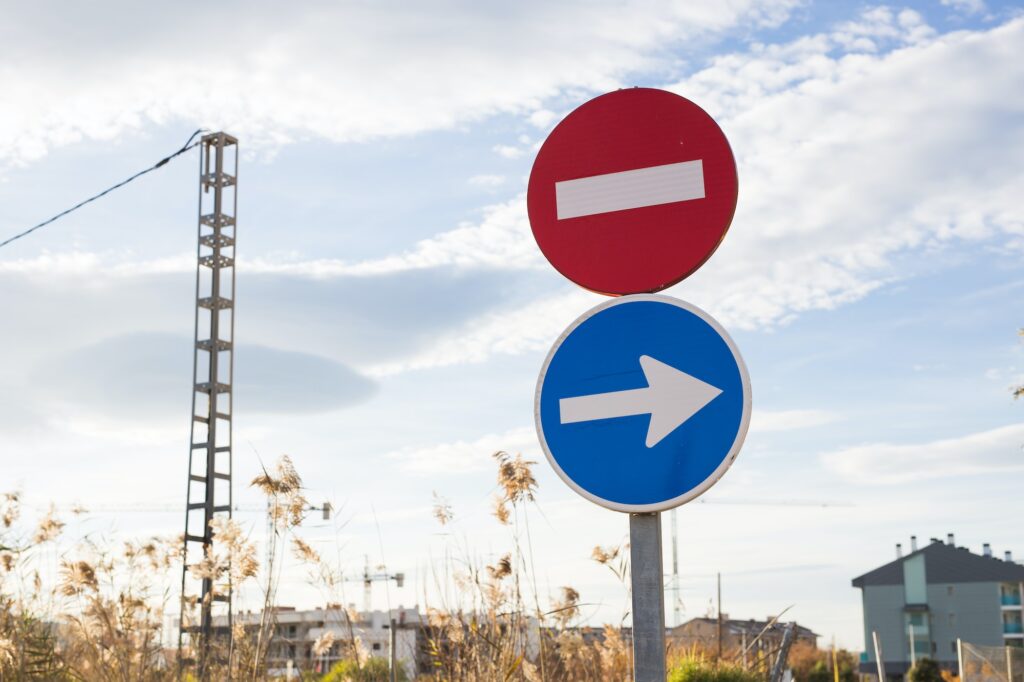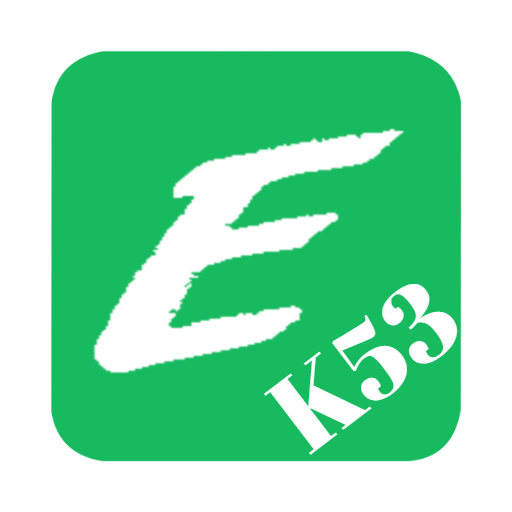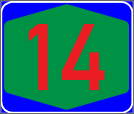Table of Contents
Road Signs Overview: Your Guide to Understanding Traffic Signals and Markings
Navigating the Road with Confidence
In this comprehensive guide, we will explore the different forms of road signs, their purposes, and how to respond to them effectively. As drivers, we encounter a multitude of road signs, signals, and markings on a daily basis. These visual cues play a vital role in regulating traffic, warning us of potential hazards, providing information, and guiding us to our destinations. Understanding the meanings of these signs is not only crucial for passing the driving test but also essential for ensuring our safety on the road. By mastering this knowledge, you will navigate the roads with confidence and make informed decisions that keep you and others safe.
1. The Purpose of Road Signs, Signals, and Markings
Road signs, signals, and markings serve specific purposes that contribute to the overall safety and efficiency of traffic flow. Here’s an overview of their key objectives:
- Regulate traffic flow: Road signs enforce rules and regulations that govern how vehicles should move on the road, ensuring a smooth and orderly flow of traffic.
- Warn of conditions ahead: Warning signs alert motorists to potential hazards or changes in road conditions that require caution and attention.
- Provide information: Information signs offer valuable details about routes, destinations, facilities, and other relevant information that assist drivers in making informed choices.
- Give guidance: Guidance signs offer directions, distances, and instructions to help drivers navigate through complex road layouts and make correct route choices.
2. Forms of Road Signs
Road signs come in three different forms, each serving a unique purpose:
- Signs mounted on poles or overhead structures: These are the familiar signs we see along the roadside, providing visual cues through symbols, words, and colors.
- Markings painted on the road surface: Road surface markings, such as lines, arrows, and symbols, communicate important information to drivers, such as lane divisions, stop lines, and pedestrian crossings.
- Signals given by lights or by people: Traffic signals, operated by traffic lights or traffic officers, regulate the flow of vehicles at intersections and other critical points.

3. Groups of Road Signs and Their Messages
Road signs can be categorized into several groups, each conveying a specific type of message. Understanding these groups will help you interpret the signs correctly. Here are the main groups of road signs:
- Regulatory signs: These signs enforce traffic laws and must be obeyed. They include speed limit signs, stop signs, yield signs, and other signs that dictate specific actions.
- Traffic signals: Traffic lights control the flow of traffic at intersections and must be followed.
- Warning signs: These signs alert drivers to potential hazards ahead, such as curves, steep gradients, slippery roads, or wildlife crossings. Paying heed to these signs is crucial for safety.
- Hazard marker plates: These plates indicate the presence of hazards or obstructions, such as roadwork zones or temporary changes in road conditions.
- Information signs: Information signs provide useful details about upcoming road layouts, facilities, services, and other relevant information.
- Guidance signs: These signs offer directions and distances to specific places, helping drivers navigate unfamiliar areas.
- Tourism signs: Tourism signs are a subset of guidance signs, providing directions and information specifically tailored to travelers.
- Diagrammatic signs: These signs use diagrams or symbols to indicate lane situations ahead, helping drivers make correct lane choices.
4. Temporary Signs and their Importance
Temporary signs play a crucial role in alerting drivers to temporary situations or changes in road conditions. Here’s what you need to know about them:
- Temporary signs often feature yellow, red, and black color combinations to draw attention and signify their temporary nature.
- These signs take precedence over permanent signs, and it is vital to obey them.
- Temporary regulatory signs, such as temporary speed limits, indicate the current speed limit that must be followed, regardless of the recommended limit.

5. Understanding Symbols on Road Signs
Symbols play a significant role in conveying messages on regulatory and warning road signs. Familiarizing yourself with these symbols enhances your understanding of the signs. Here are some common symbols you may encounter:
- Symbols depicting various vehicles, such as motorcycles, cars, taxis, buses, and delivery vehicles, indicating specific regulations or designations for these vehicles.
- Symbols representing pedestrians, bicycles, trams, animals, and other road users, highlighting their presence or designated areas.
- Symbols denoting special vehicles, such as handicapped person vehicles, construction vehicles, or vehicles carrying dangerous goods.
- Symbols indicating the presence of emergency services, like ambulances and police vehicles.
- Other symbols related to toll roads, alternate routes, gateways, headlights, and more.

Mastering Road Signs for Safe and Informed Driving
Road signs, signals, and markings are indispensable tools that guide and protect drivers on the road. Understanding their meanings and responding appropriately is a fundamental aspect of defensive driving. By familiarizing yourself with the purpose, forms, groups, and symbols of road signs, you will navigate the roads with confidence, making informed decisions that prioritize safety. So, let’s embark on this journey of knowledge, equipping ourselves with the essential understanding needed to become responsible and skilled drivers.
Free K53 Study Materials
Expert K53 Tips and Strategies for Acing the K53 Test – Absolutely Free!
Join Our K53 Community – Supportive and Free!
Learn K53 for Free – Master the Rules of the Road!
Comprehensive K53 Study Materials for the K53 Test – All Free!
Understanding the Scoring Method in the K53 Driving Licence TestMastering K53 Time Limits: A Key to Success in the K53 Driving Licence Test
Download our K53 Learners Licence App on Google Play Store by clicking here.
Do you know that most of the jobs require you to have a Drivers licence? This is a free learners licence website to help you study and pass your K53 learners’ licence test! Click here to start now or you can download our K53 Learners Licence App on Google Play Store by clicking here.
Note: The following pages in this blog post will provide detailed information about specific road signs, traffic signals, and road surface markings, accompanied by study questions to enhance your learning.
K53 Route Markers – Pass Your Learners Licence in South Africa
K53 Guidance Signs: Pass Your Learners Licence in South Africa
K53 Location signs: Pass Your Learners Licence in South Africa
K53 Local Direction Signs: Pass Your Learners Licence in South Africa
K53 Diagrammatic Signs: Pass Your Learners Licence in South Africa





